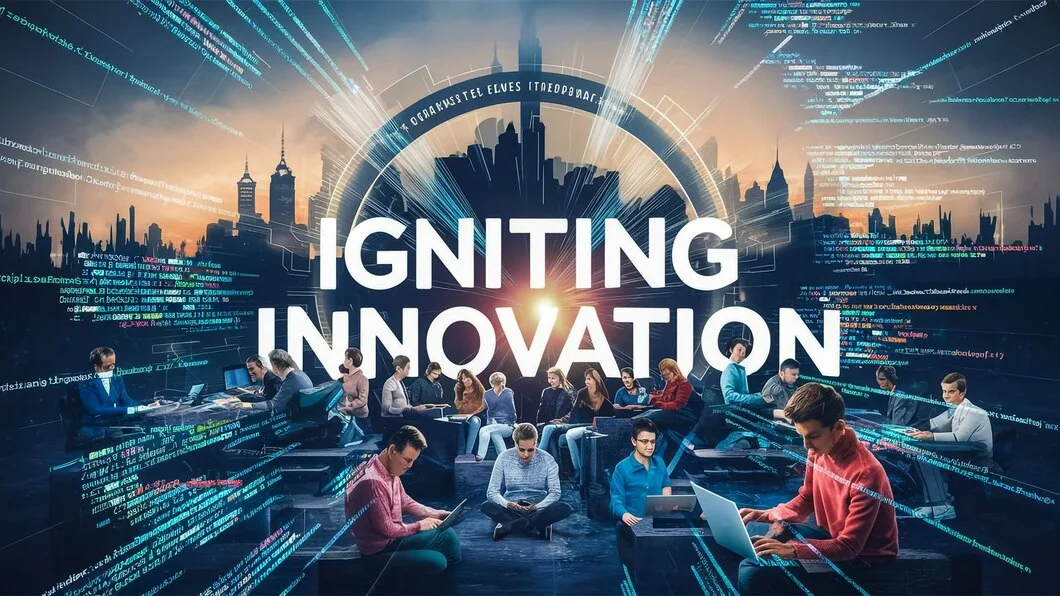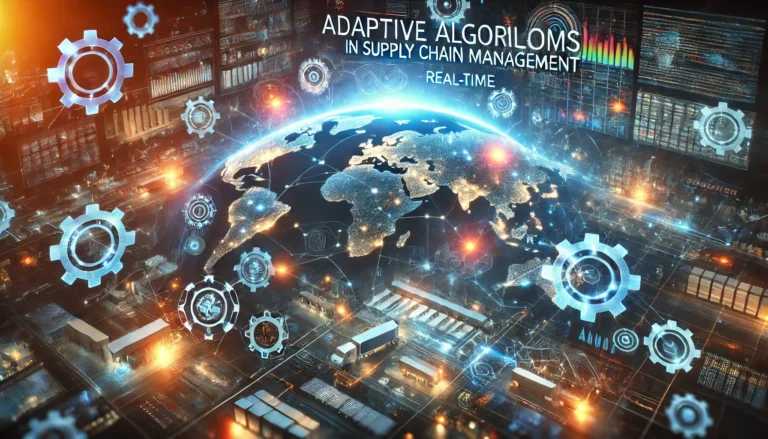-
Introduction
In the span from 1954 to 2023, the world has witnessed remarkable transformations across various domains. This period has been marked by dramatic advancements in technology, significant cultural shifts, and profound social changes. Understanding these developments not only offers insights into the past but also helps us navigate the present and anticipate the future. This article provides a thorough analysis of the historical context, technological innovations, and cultural evolution from 2023-1954, highlighting key milestones and their implications.
-
Historical Context
Major Global Events in 1954
1954 was a pivotal year in the aftermath of World War II, a period defined by recovery and transformation. Key global events included:
- Post-War Reconstruction: Following the devastation of World War II, nations focused on rebuilding their economies and infrastructures. The Marshall Plan facilitated Europe’s recovery, while the United States emerged as a global superpower.
- Key Political Developments: The Geneva Accords, signed in 1954, were instrumental in ending the First Indochina War and leading to the division of Vietnam. This event had long-lasting implications for regional stability and international relations.
Significant Events Leading to 2023
As the decades progressed, several major events shaped the global landscape:
- The Cold War Era: The ideological conflict between the United States and the Soviet Union defined much of the latter half of the 20th century, influencing global politics, economics, and military strategies.
- Major International Agreements and Conflicts: Notable agreements such as the Paris Agreement on climate change and conflicts like the Gulf Wars have significantly impacted international relations and global policy.
-
Technological Advancements
Innovations of 1954
The year 1954 marked the beginning of a technological revolution:
- The First Transistor Radio: The introduction of the transistor radio revolutionized communication, making it possible for people to listen to broadcasts on the go. This innovation democratized access to information and entertainment.
- Early Television Developments: Television was becoming more accessible, transforming how people consumed media and information. The proliferation of television sets into households marked a shift in mass communication.
Technological Milestones Up to 2023
From 2023-1954, technology has evolved at an unprecedented pace:
- The Rise of the Internet: The development of the internet has arguably been the most transformative technological advancement. It has revolutionized communication, commerce, and information access, making the world more interconnected.
- Breakthroughs in Artificial Intelligence and Smart Technologies: Advances in AI and smart technologies, including machine learning, voice assistants, and the Internet of Things (IoT), have reshaped various aspects of daily life and industry operations.
-
Cultural Shifts and Social Movements
1954 Cultural Landscape
The cultural climate of 1954 was marked by significant changes:
- The Emergence of Rock ‘n’ Roll: Rock ‘n’ roll, with artists like Elvis Presley, began to shape the musical landscape, reflecting and influencing social attitudes and youth culture.
- Suburbanization and Social Norms: The post-war economic boom led to the growth of suburban neighborhoods, symbolizing the American Dream and a shift towards a more consumer-oriented society.
Evolving Cultural Trends by 2023
Cultural dynamics have continued to evolve over the decades:
- The Impact of Social Media: Social media platforms have transformed how people interact, share information, and mobilize for social causes. They have become central to personal expression and community-building.
- Modern Social Movements and Cultural Diversity: Movements advocating for gender equality, LGBTQ+ rights, and racial justice reflect ongoing efforts to address social inequalities and promote inclusivity.
-
Comparative Analysis
Technological Progress: 1954 vs. 2023
A comparative analysis highlights the extent of technological progress:
- Major Technological Changes: The transition from bulky transistor radios to sleek smartphones illustrates the rapid advancement in technology. The shift from analog to digital technology has transformed media consumption, communication, and data processing.
- Impact on Daily Life and Work: Technology has reshaped work environments with the rise of remote work, digital collaboration tools, and automation, making tasks more efficient and flexible.
Cultural Evolution: From 1954 to 2023
Comparing cultural evolution provides insights into changing social norms:
- Shifts in Social Norms and Values: The post-war conservatism of 1954 contrasts with today’s emphasis on diversity and inclusivity. This evolution reflects broader societal changes and increasing acceptance of different lifestyles and identities.
- Influence of Media and Communication: The impact of media has grown exponentially, from the television’s influence in 1954 to the pervasive role of digital media and social networks today.
-
Case Studies and Examples
Case Study: The Impact of the Civil Rights Movement
The Civil Rights Movement of the 1950s and 1960s had a profound impact on social justice and equality, setting the stage for subsequent movements and legislative changes that continue to shape contemporary society.
Case Study: The Role of Technology in Globalization
Technological advancements have played a crucial role in globalization, facilitating cross-border trade, cultural exchange, and international collaboration.
-
Global Perspectives
How Different Countries Experienced Change
Examining how various countries experienced change provides a broader perspective:
- Case Examples from Various Continents: From the technological advancements in Silicon Valley to the rapid industrialization in China, different regions have followed unique trajectories influenced by local and global factors.
Comparative Development: Western vs. Non-Western Perspectives
Comparing Western and non-Western development highlights diverse approaches to modernization and technology adoption.
-
Current Implications and Future Outlook
The Influence of Historical Events on Today’s World
Historical events have laid the groundwork for current global dynamics, influencing political, economic, and cultural landscapes.
Predictions for Future Trends Based on Historical Data
Analyzing historical trends can offer insights into future developments, including potential technological advancements, social changes, and global challenges.
-
Conclusion
In summary, the period from 2023-1954 has been characterized by remarkable transformations in technology, culture, and global dynamics. Understanding these changes provides valuable context for navigating today’s world and anticipating future trends. By reflecting on the past, we can better appreciate the progress made and the challenges ahead.






















+ There are no comments
Add yours